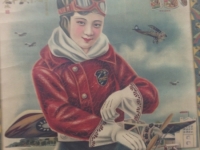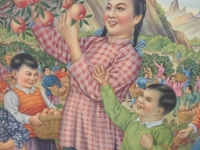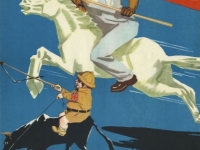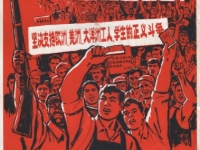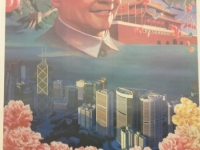Arts
Poster Art of Modern China
Exhibition
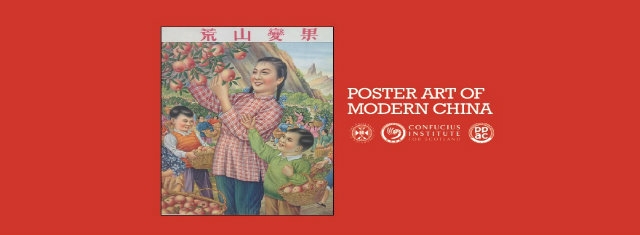
Poster Art of Modern China (Source: © 2014. Scotland-China Association)
USPA NEWS -
Hosted by the Confucius Institute in Edinburgh, a unique collection of 133 posters from 1933-1997, on loan from the extensive collection of over 5,000 posters held by the Propaganda Poster Art Centre in Shanghai.
This exhibition is a first in many respects. Firstly, it covers a broad spectrum of this art form throughout the 20th century. Secondly, it includes high quality exhibits, many of which are being displayed for the first time. And thirdly, it is the biggest exhibition of its kind ever displayed in the UK.
Visitors have the opportunity not only to appreciate the aesthetic content of these posters, but also to improve their understanding of China's dramatic history over the last 100 years.
Visitors have the opportunity not only to appreciate the aesthetic content of these posters, but also to improve their understanding of China's dramatic history over the last 100 years.
Poster art has a long history in modern China, serving different purposes. It has been used to enlighten, to entertain, to make money, and to serve moral and educational objectives. And of course, it has been used for expressing and spreading political views. This exhibition presents a variety of forms highlighting the artistic qualities of poster art production, as well as illustrating changes in society, policy and times.
The exhibition is arranged chronologically. The first group of posters are from the early 20th century, mainly the Shanghai “calendar girls“, featuring the latest female fashion and combining both western elements and oriental style. The second group of posters are from the anti-Japanese war period of 1937-45, hoping for victory and peace. The third group includes the 1949-79 period, the peak period of creativity of Chinese propaganda posters.
This latter era can be further subdivided into three main periods and themes - the early years after the founding of the People´s Republic (1949-57) ; the Great Leap Forward (1958-61) and the Cold War ; and the Cultural Revolution and Red Guards Movement (1966-76). Many of these posters spread values and images for political purposes, and many also reflect the people´s effort and determination to build a better country.
The final series feature the period after the “Opening and Reform“ policy introduced by Deng Xiaoping in 1978. The new government promoted positive values, and collected and recycled old posters that represented old and negative values such as class struggle. With the planned economy being replaced by a market economy, marketing and commercialised advertising has taken the place of propaganda posters.
This exhibition is highly recommended ““ it runs until 12 July 2014, and is well worth taking time to explore. The posters are displayed over two floors, and at certain times guides are available who will be happy to answer questions and tell you more about some of the posters.
The Propaganda Poster Art Centre is run by collector Yang Pei Ming, and many examples of the posters and other information can be found by clicking on link below.
Exhibition: Poster Art of Modern China - Adam House - 3 Chambers Street, Edinburgh, EH1 1HT
Source: Scotland-China Association
The Propaganda Poster Art Centre is run by collector Yang Pei Ming, and many examples of the posters and other information can be found by clicking on link below.
Exhibition: Poster Art of Modern China - Adam House - 3 Chambers Street, Edinburgh, EH1 1HT
Source: Scotland-China Association
more information: https://www.shanghaipropagandaart.com/
Liability for this article lies with the author, who also holds the copyright. Editorial content from USPA may be quoted on other websites as long as the quote comprises no more than 5% of the entire text, is marked as such and the source is named (via hyperlink).

